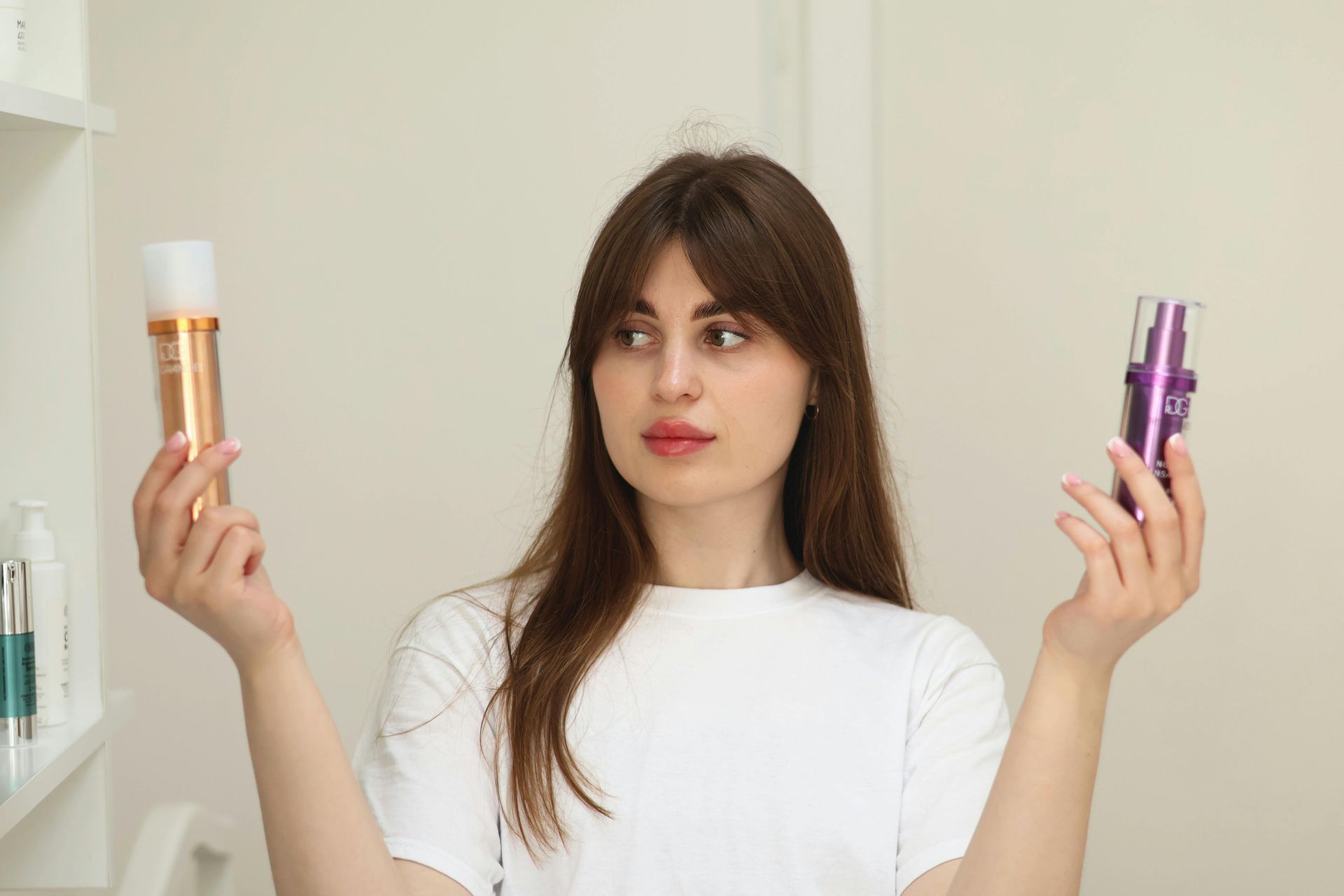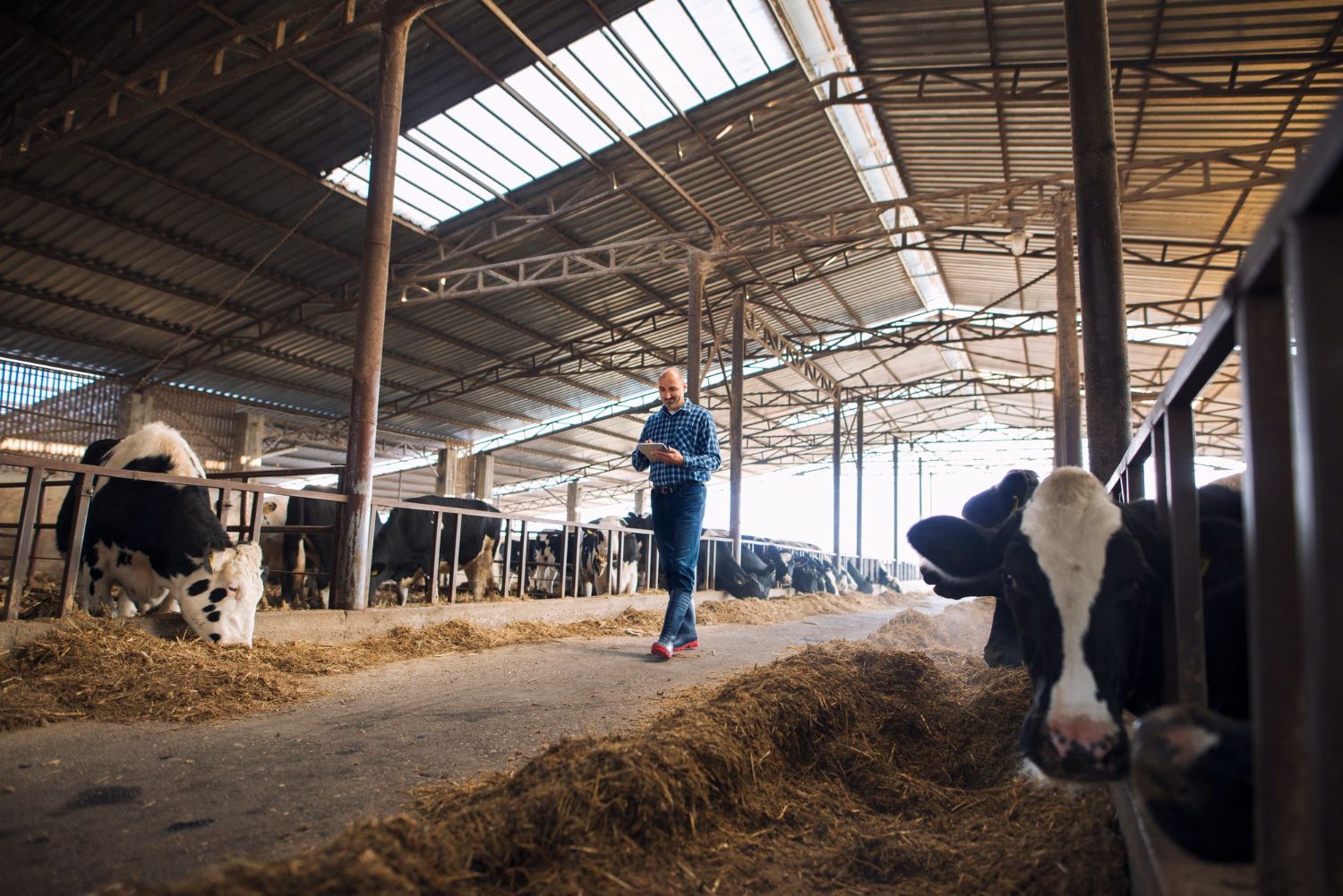By John Elliott
•
April 21, 2025
Australia’s health, wellness, and supplements sector isn’t just growing. It’s exploding. From functional drinks to adaptogenic gummies, wellness brands have gone from niche to mainstream in record time. The industry is now worth over $5.6 billion, up from $4.7 billion in 2020 — a 19% growth in just three years. IBISWorld projects continued expansion with a CAGR of 5.3% through 2028. But behind the glossy packaging and influencer campaigns, something else is happening: the regulators have arrived. And most wellness brands? They’re underprepared. From Trend to Target The boom brought founders, fitness coaches, nutritionists, and marketing entrepreneurs into the supplement space. What many built was impressive. But what most forgot was how fast wellness moves from enthusiasm to enforcement. With more than 40 infringement notices and administrative sanctions in Q1 alone, the Therapeutic Goods Administration (TGA) strengthened enforcement of the Therapeutic Goods Advertising Code in early 2024. Prominent companies were named in public. Soon after, the ACCC revised its guidelines for influencer marketing disclosures and launched a campaign against the use of pseudoscientific terminology in product marketing. TGA head Professor Anthony Lawler noted in March 2024: “We’re seeing an unacceptably high level of non-compliance, particularly around unsubstantiated therapeutic claims.” In short: credibility is the new battleground. Why Sales-First Leadership is Failing Too many brands are still led by executives whose playbooks were built on community engagement, retail hustle, and Instagram fluency. That got them early traction. But it won’t keep them compliant — or protect them from an investor exodus when the lawsuits begin. The biggest risks now are not formulation errors. They’re: Claims breaches Compliance negligence Advertising missteps Unqualified health endorsements Reputational collapse through regulatory exposure And these aren’t theoretical. The TGA pulled 197 listed medicines from the market in 2023 alone — a 42% increase on the previous year — due to non-compliant claims or sponsor breaches. What the Next Wellness Leader Looks Like This is where many boards and founders face a difficult transition. The next generation of leadership in wellness isn’t defined by hustle. It’s defined by: Deep regulatory fluency Cross-functional commercial leadership (eComm, retail, pharma, FMCG) Reputation management under pressure Ability to scale with scrutiny, not just speed The leadership profiles now needed aren’t coming out of marketing agencies — they’re coming out of pharmaceuticals, healthtech, and functional food. They’ve sat on regulatory committees. They’ve built compliance-first commercial strategies. They understand how to win trust, not just impressions. Yes, this might feel like a shift away from the founder-led energy that made these brands exciting. But it’s not about slowing down. It’s about making sure you’re still standing when the music stops. Where the Gaps Are The underlying problem isn’t just non-compliance. It's immaturity in structural leadership. The majority of wellness brands haven't developed: An accountable governance structure; a scalable compliance architecture; a risk-aware marketing culture; and any significant succession planning beyond the founder. In fact, a 2023 survey by Complementary Medicines Australia found that only 22% of wellness businesses had dedicated compliance leadership at executive level, and just 14% had formal succession plans in place. This isn’t sustainable — not at scale, and certainly not under scrutiny. Final Thought The wellness boom isn’t over. But the rules have changed. Rapid growth is no longer enough. The brands that win from here will be those with: A compliance culture baked in Leadership teams built for complexity A board that sees regulation not as a barrier, but a brand advantage Those who don’t? They could be one audit away from crisis.


